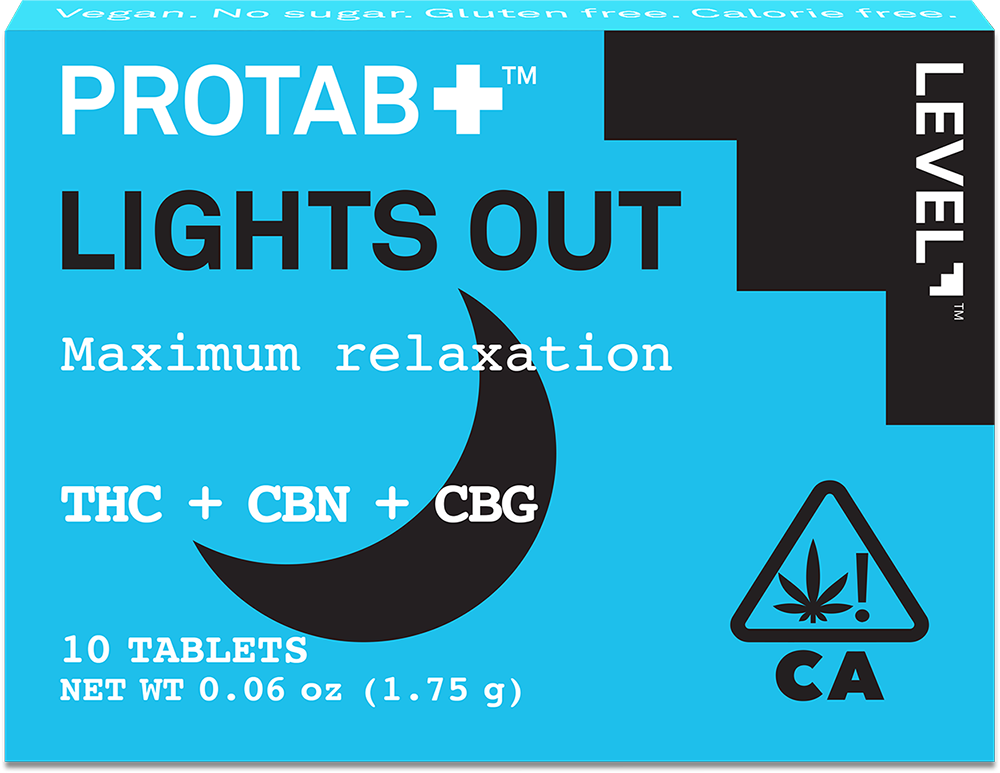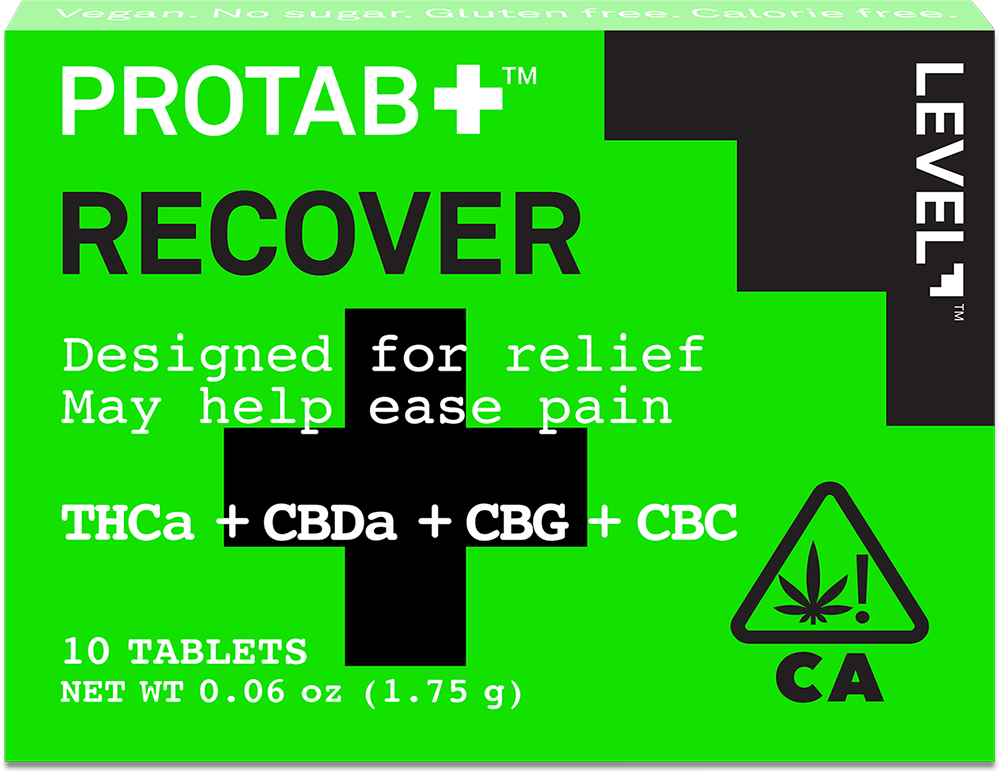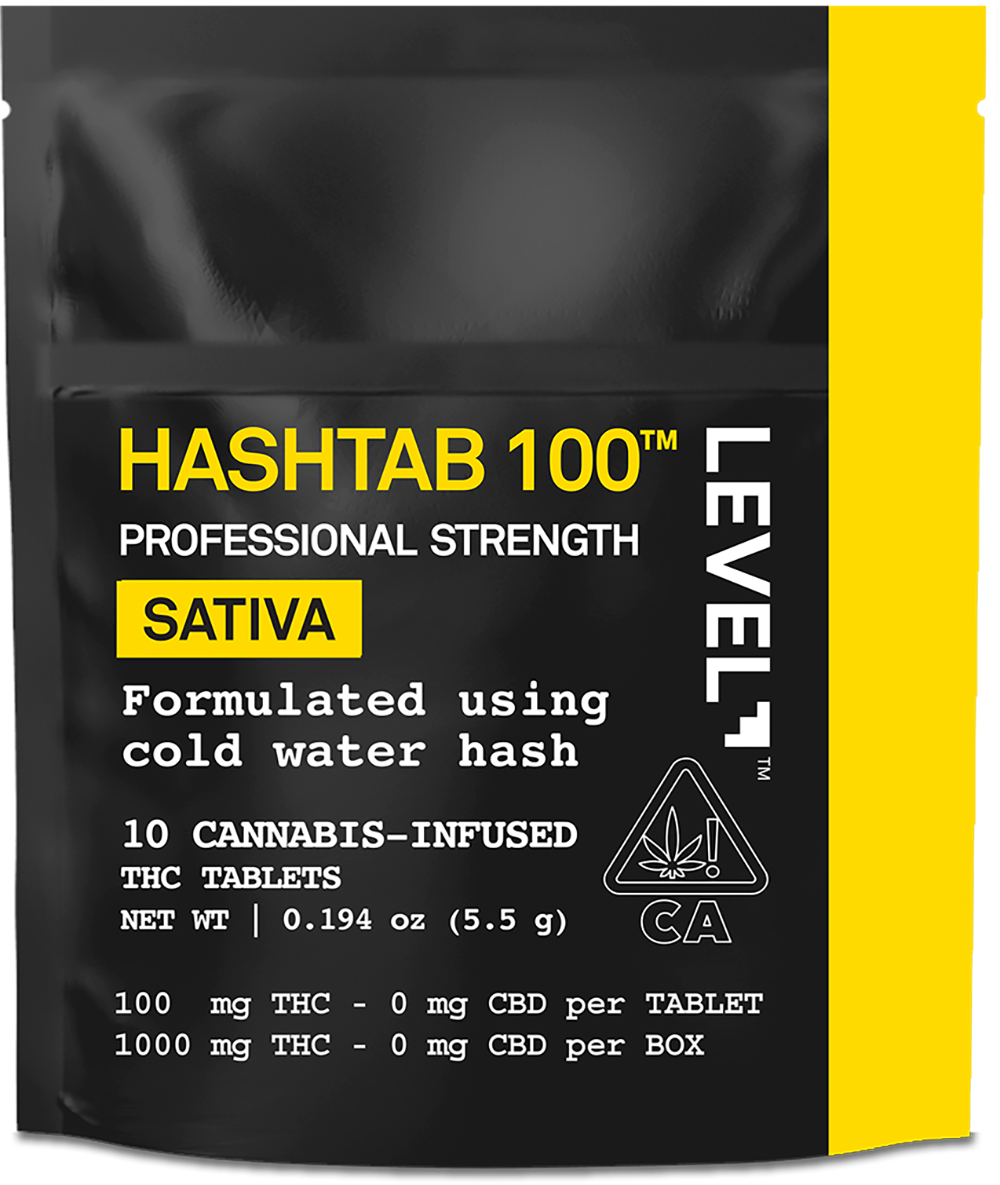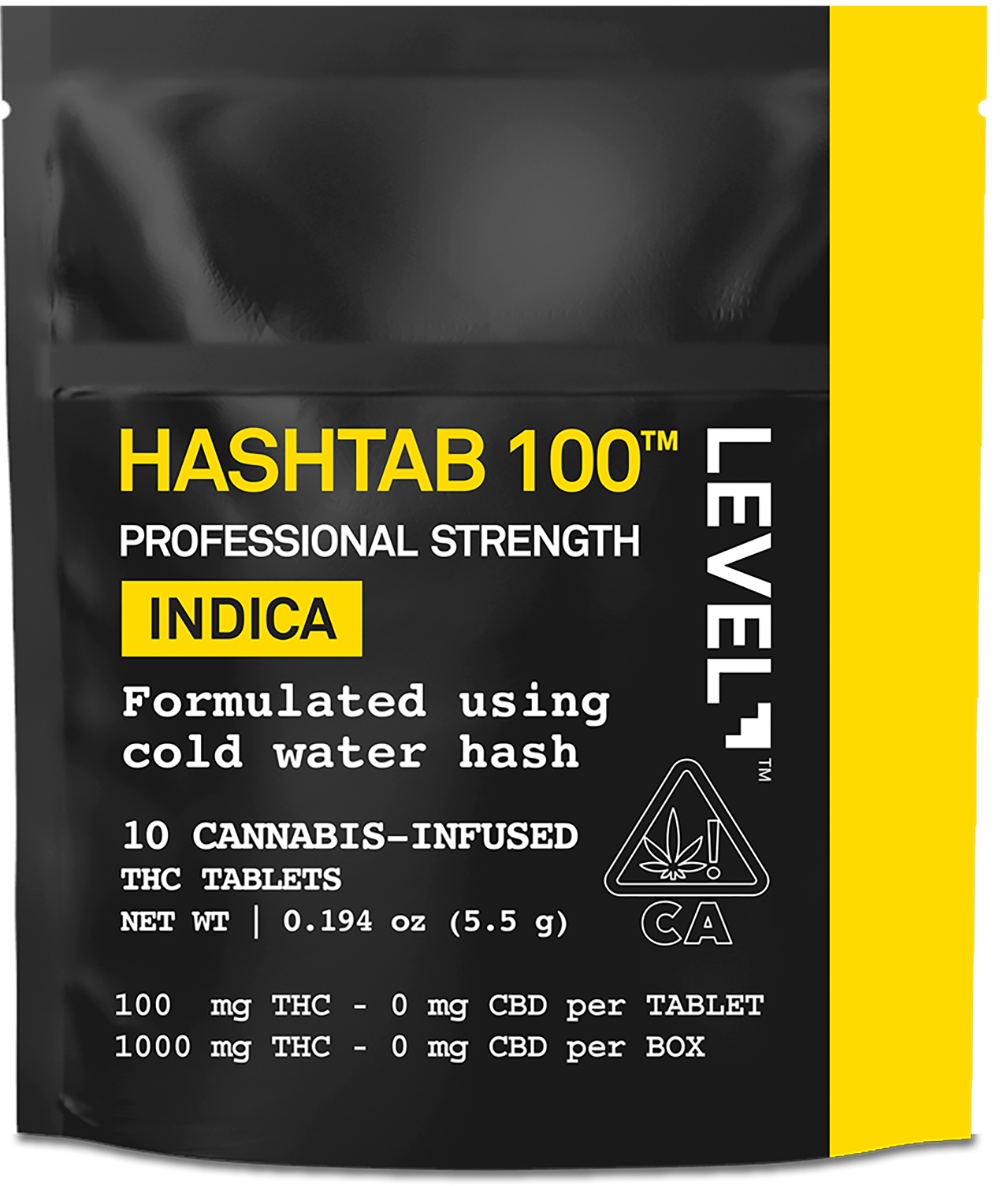A cannabinoid molecule called THCV can actually suppress your appetite — but there are major caveats.

By Chris Taylor on November 10, 2021
The information contained in this article is not a substitute for, or alternative to information from a healthcare practitioner. Please consult a healthcare professional before using any product and check your local laws before making any purchasing decisions.
It is, of course, a terrible stereotype of the stoner, this notion that they can be found with their face in a bowl of Doritos. As anyone familiar with cannabis knows, when we’re high we’re more receptive to the enhanced taste and texture of any food, not just orange-dusted cardboard triangles.The average midnight toker can be found making experimental and often surprisingly healthy snacks from random ingredients in their kitchen. (Personally I recommend pomegranate seeds and large blueberries mixed with almond slivers, crushed pecans, apple butter, Greek yogurt and a little cottage cheese or mascarpone: Sounds disgusting, tastes amazing.)
“What if the healthiest mind-altering alternative to alcohol could be even healthier? That’s the promise of THCV.”
Still, the thing about cannabis increasing appetite while loosening self-restraint around food is absolutely true and has been documented for centuries. This is why weed is so effective in any medical situation where patients need to make themselves eat. As for recreational users trying to lose a few pounds — well, even the healthiest late-night snacking can put a crimp in your diet plan. Good thing weed also pairs well with coffee and exercise so you can work off those extra calories the next day.
But what if THC (or Tetrahydrocannabinol, the active ingredient that gives us the munchies) weren’t necessary to get high? What if stoners could consume without having to worry about feeling ravenously hungry afterwards? What if the healthiest mind-altering alternative to alcohol could be even healthier? That’s the promise of THCV. Or, as it may yet become widely known, diet THC.
THCV, or to give its formal name, delta 9 tetrahydrocannabivarin, is a molecule that looks exactly like THC minus two carbon atoms. (Why? What does that mean? We’ve no idea; we isolated the molecule in 1970, when cannabis study was near impossible. Cannabis research has expanded with legalization, but there’s still so much more to learn.) It’s also the latest fashionable cannabinoid being added to products in the booming legal cannabis industry.
THCV is only present in a few marijuana strains in trace amounts, but that’s no impediment to the science of selective strain breeding. (At least in the long-term; right now, THCV-rich strains are few and far between.) There are around a hundred cannabinoids present in cannabis, every one a compound that interacts with our brain in some way; pot companies appear to have decided that it’s THCV’s turn in the sun
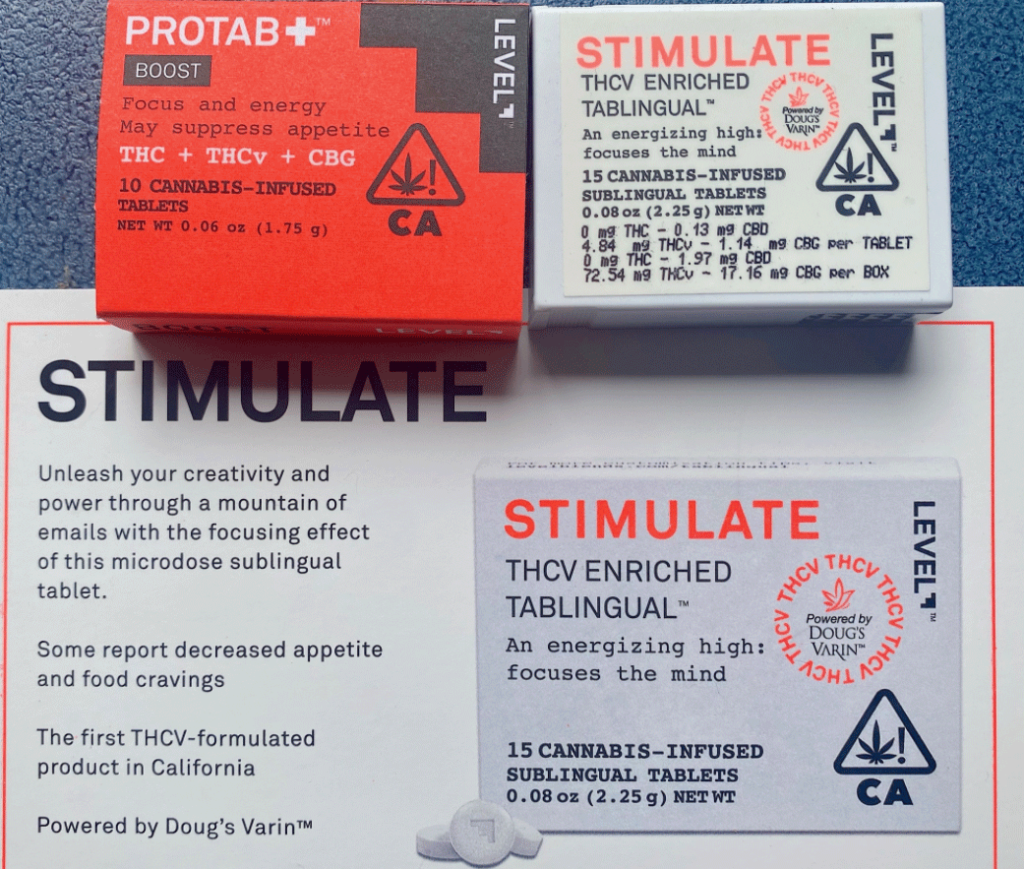
Based on widespread but still anecdotal evidence, many of these products make a vague claim similar to one on the THCV pills I’ve been trying on and off for the last few months: “May suppress appetite.” That’s right: not just suppress the munchies, that extra appetite we gain when getting high, but actively suppress the appetite we had in the first place.
You can see where this is going. The $71 billion U.S. weight loss industry is so hungry for new fads — especially after the pandemic slashed its worth — that the THCV craze in legal states could soon make the CBD craze look like a storm in a teacup. It may also be more than mere fad: If America’s estimated 40 million cannabis lovers can switch to a form of weed that casually reduces calories going in, then its impact on the obesity epidemic is a mere matter of math. Maybe one day your doctor will prescribe it.
That’s a huge “maybe,” of course. What does the science say? Well, first, here as in other areas of the brain’s still-mysterious endocannabinoid system, the science is a giant flashing neon sign that reads MORE STUDY NEEDED. A 2009 paper found pure THCV reduced the amount of food obese mice chose to eat, and the same went for regular-sized rats. Their bodies secreted leptin, a hormone that regulates appetite.
But if the THCV was impure — that is, mixed with any amount of THC — researchers had to add CBD to get any appetite reduction effect. That delicate balancing act suggests more industry regulation might be necessary if THCV products are going to back up their claims.
Human test results are similarly mixed. On the one hand, a 2013 study found THCV gave diabetic mice a better insulin response, and a 2016 double-blind human study concluded that “THCV could represent a new therapeutic agent in [blood sugar level] control.” On the other, a 2015 study suggested THCV might actually increase food desire in the brain, at least in response to — and this might be my favorite phrase in any scientific paper, ever — “chocolate stimuli.”
Oddly enough, it also increased participants’ level of aversion to moldy strawberries. So apparently all you’ve got to do to diet while on THCV is to look at food going bad, while studiously avoiding even a glance at the leftover Halloween candy?
Putting THCV to the test
While the scientists are sorting this out, all we can do is add to the storehouse of anecdotal data. So over the course of the last year, I set out to try every variety of THCV product I could find in California — from drinkables to edibles to vape-ables — and enlisted friends who are likewise in legal states to record their own impressions after consuming THCV pills. Take the outcome with a massive grain of salt, because the placebo effect is a thing, and we weren’t exactly double-blinding it. But my results were mostly promising.
Because I’m a fan of concentrate and flower, I first perused lists of strains that are reputedly high in THCV. This method of consumption is the least scientific — partly because THC is also present in the flower, which suggests you’d also need the right ratio of CBD, whatever that ratio may be, to bring the THCV effects to the fore. But also because strains vary so wildly from grower to grower, and the amount we’re talking about is tiny in the first place. (Durban Poison, probably the most widely known THCV-rich strain, contains a mere one percent of the stuff.) It was also the most frustrating method, because few of these strains were available, even in dispensary-saturated San Francisco.
After much research, I found a delivery service that could provide the unfortunately-named Jack the Ripper (a strain claiming one of the highest THCV levels I’d seen, at 5 percent) in concentrate form. In my first few experiments, conducted at the same time pre-dinner on a series of nights, a pattern formed: If I kept my number of inhales to roughly three or less, my hunger for dinner vanished. But if I tipped over into getting more stoned than that, the old familiar food cravings kicked in.
That sounds like a good result; I had, after all, established a minimum effective dose. But microdoses of weed can be hard to manage, especially in a recreational context (what counts as an “inhale” for you may be much different than my version). Besides, after that initial batch ran out, I couldn’t find Jack the Ripper anywhere local; appropriately enough for its name, the strain had melted away into the night.
The Gem + Jane lineup, with THCV variety at center. Credit: Cannacraft
Next up, I tried drinks from a “woman-focused sparkling botanical beverage brand” called Gem + Jane. Promising a “light, manageable dose of cannabis,” a couple of the Gem + Jane cans (like the flavor I tried, Yuzu Raspberry Rose) contain 4mg of THCV and 2mg CBD. They also contain agave, a natural sweetener that seems to be finding its way into many products, but to my palate always, always tastes like ass. I chugged it regardless.
And then…nothing happened. Even after waiting for the several hours recommended on the can, I didn’t feel even slightly high. This too is an open question about THCV: When isolated, is it psychoactive like THC? What little scientific consensus exists suggests that it is, but mostly at high doses. If the high doses also turn out to negate the appetite-suppressing effects, as in my Jack the Ripper experiments, then THCV may not be a viable weight-loss product for recreational users.
In other words, THCV may not be diet weed so much as decaf weed (a good analogy given that caffeine is also psychoactive). Did I at least find that my appetite had been suppressed on the Yuzu Raspberry Rose? Perhaps; my next meal did work its way into my thoughts later than it would have done otherwise. But I also found myself making a small snack just to take the taste of agave away.
Pure product
Ironic as it may be, the most prominent, pure, and widely available THCV products are edibles. Chief among these are the “Stimulate” and “Boost” varieties produced by a California company called Level, one of the first to bring THCV products to dispensaries four years ago. It extracts its THCV from a strain called Doug’s Varin, which is even more rare (and has higher THCV levels) than Jack the Ripper.
Stimulate is pure THCV with a tiny assist from CBD; it’s a tablet you dissolve under your tongue that kicks in faster than regular edibles (and, some users found, tastes too chalky for comfort). Boost tablets should be swallowed, not taken sublingually — as a few of my fellow experimenters discovered to their chagrin. Boost also contains CBG, another rare cannabinoid that isn’t supposed to be psychoactive and may have various medicinal properties.
But it also contains THC, so the experimenters and I all found that the Boost tabs were very psychoactive. Stimulate, not so much. One experimenter found that sublingual so unsatisfying that they had to add a little THC vape pen. And then they tore into a pack of particularly delicious cookies.
However, the Stimulate sublingual tabs did seem to be very effective in its other claimed effect: “An energizing high that focuses the mind.” One user reported that she was much more productive, using the Stimulate tabs to write an entire wedding ceremony she had to conduct the next day.
“Ultimately, THCV is not one-strain-fits-all.”
As for appetite suppression, both Stimulate and Boost seemed effective across the board. I definitely snacked less, including at midnight. The wedding officiant started taking a tab a day, and was surprised to find she had gone three days without sugar without really even trying — even during Halloween, when the neighbors dropped 7 bags for her and her kid to pass around.
But perhaps the most intriguing experiment came from a couple of moms who took Stimulate tabs before going on a shopping trip to the mall to load up on holiday candy for their families at the beginning of November (with one husband as a designated driver, natch.) They would be encountering so much chocolate stimuli. Would that stimuli stimulate their Stimulated tastebuds enough to cancel out the THCV?
In fact, though the pair spent $500 on candy, they estimated that this was only $50 more than they’d intended to spend. The chocolate stimuli had an effect on their spontaneous purchases, but I’d be willing to bet that doing the same task on regular old appetite-boosting THC would have added more than a 10 percent premium. Their trip notes are worth quoting in full; let’s call them A and B.
- A: 2x Stimulate, 12 p.m.
- B: 1x Stimulate, 12:20 p.m.
- 1:20 p.m.: B wants Sour Patch. A still not hungry. We eat nothing. We spend $500 on Xmas candy — the promise of treats later is enough for now.
- 2 p.m.: we each take one more Stimulate. B says “have I even eaten anything today?”
- 2:30 p.m.: We finally get sandwiches for lunch. A didn’t feel starving but ate ravenously when food arrived. B was more hungry but actually ate less.
- B reports not being hungry late into the night. A went back to normal hunger level around dinner.
That’s a perfect example of the possible effects of THCV. It’s kind of different for everyone, promising overall, and requires more scientific study. It didn’t eradicate desire for meals, but it did prevent snacking in the most snack-friendly of circumstances — that is, when you’re carrying around $500 of candy you’ve already bought, some of it was an impulse purchase, you’re in a mall full of delicious food smells, and no one is going to arrest you for breaking open the packaging.
Ultimately, THCV is not one-strain-fits-all. Scientists and cannabis marketers are going to have a hell of a time figuring out how to ascertain the extent to which it works and how to pitch it to a diet fad-hungry populace. Your level of resistance to chocolate stimuli may vary. You may find it easy or hard to avoid the tipping point where it starts to make you hungrier. Or you may find that it’s not psychoactive enough for your tastes.
But if the manipulators of plants can unite and get it right, producing an array of strains that work for different people, we may just have discovered the most fun form of weight loss the world has ever seen.

